As the owner of a new puppy, you will start preparing for your new puppy by finding a vet and purchasing all the necessities. But, after the fun part of choosing a cute collar and getting a name tag engraved, it is time to get down to the important business of puppy proofing your home.
Much like baby proofing your home when you bring a new baby home, you must puppy proof everything inside and out of your home. This is important to make sure they stay happy and healthy your puppy will need a safe and secure environment.
Here are our top tips on how to prepare your home for your new puppy.
Remove Any Plants That Might Be Poisonous to Your Puppy
A houseplant may seem innocent, but some can cause serious problems for your paws. From mild irritation and digestive upset to organ failure and even death if your puppy decides to take a chew on certain plants.
Some common household plants to avoid are:
- Lilies
- Aloe Vera
- Ivy
- Jade
- Dieffenbachia (which is generally known as Dumb Cane, Exotica or Tropic Snow)
- Elephant Ear (Caladium)
- Sago Palm (Cycas Revoluta)
- Sowbread (Cyclamen)
- Asparagus Fern
- Philodendrons
- Rubber Tree Plants
- Chinese evergreen
- Lantana
* Please note this is not a full, extensive list of plants that can be dangerous for your puppy.

Safely Store Your Poisons
Whether it is household cleaners, detergents, glue, or garden and automotive chemicals, most homes are bound to have a few toxic substances that need to be safely stored away. While “child proof” safety caps are a challenge for even us adults, they cannot stand up against those sharp puppy teeth, so even bottles with these caps do need to be put away safely. Antifreeze (engine coolant) is very enticing to pets possibly due to its sweet taste, so take extra care with these and make sure any spills are cleaned up thoroughly. Rat and mouse poisons as well as slug baits need to be kept out of reach, perhaps consider a more natural approach to dealing with these critters and avoid the use of such poisons.
Store Medications Safely
Keep all medications in a safe area where your puppy cannot access them. Puppies are surprisingly quick at pulling things off low surfaces and you may not even see that they have swallowed something until it is too late.
- Some medications that are poisonous to dogs include:
- Non-steroidal anti-inflammatories (such as ibuprofen)
- Acetaminophen (pain medication such as Tylenol or Pandaol)
- Antidepressants
- ADD/ADHD Medications
- Sleep Medication
- Heart Medication
- Beta-blockers (such as Tenormin, Toprol, Coreg)
Never leave loose pills in a plastic bag (even if it is a sealed bag), they are too easy to chew into. Make sure visiting house guests do the same, keeping their medications high up or out of reach.
If you place your medication in a weekly pill container, make sure to store the container in a cabinet out of reach of your pets. Unfortunately, if they get a hold of it, some pets might consider the pill container a plastic chew toy.
Never store your medications near your pet’s medication as you may inadvertently give your own medication to your pet.
Keep your handbag out of reach, inquisitive pets will explore the contents of your bag and simply placing your purse up and out of reach can help to avoid exposure to any potentially dangerous medication that you may have in there.
It is also important to note that while a medication may be safe for children, it may not be safe for animals. In fact, a large percentage of all pet poisonings involve human drugs. Pets metabolize medications very differently from people. Even seemingly safe non-prescription or herbal medications may cause serious poisoning in pets. If your pet has ingested a medication, please call your veterinarian or animal hospital straight away.
* Please note this is not a full, extensive list of medications that can be dangerous for your puppy.
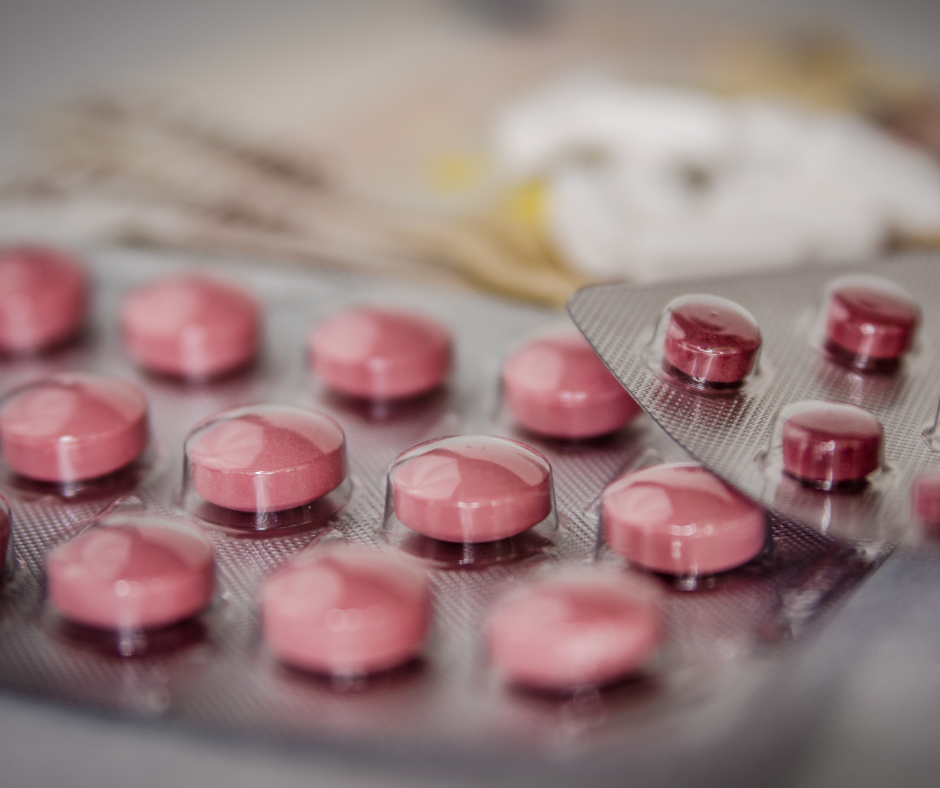
Keep Your Rubbish Under Control
Rubbish bins are full of interesting and exciting smells to a curious puppy’s nose, so it is important to keep them covered and secured. Left to their own devices your new puppy could consume something toxic (like xylitol gum), swallow an object that causes internal obstruction (like tissues or a bone), or even get their head caught in a snack bag, putting them at risk of suffocation.
Where possible, keep your bins in an area that your puppy cannot access, as even bins with a lid can be knocked over giving your pooch access to whatever is inside.
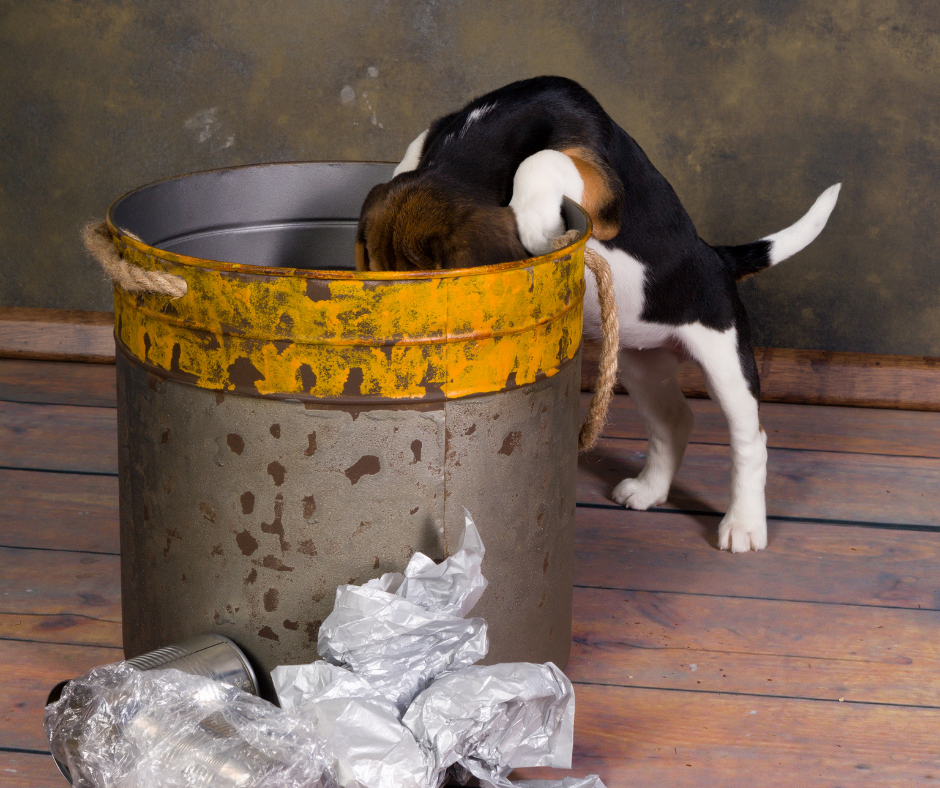
Keep Batteries and Devices with Batteries Out of Reach
Remote controls, electronic toys, key fobs, and any other devices that contain batteries should be picked up and kept well out of reach. Not only can small parts be chewed and swallowed, but a swallowed battery is even more dangerous because it can cause burns to the soft tissue inside your pet’s oesophagus on the way down. Button batteries are especially dangerous as they are small and easy to swallow.
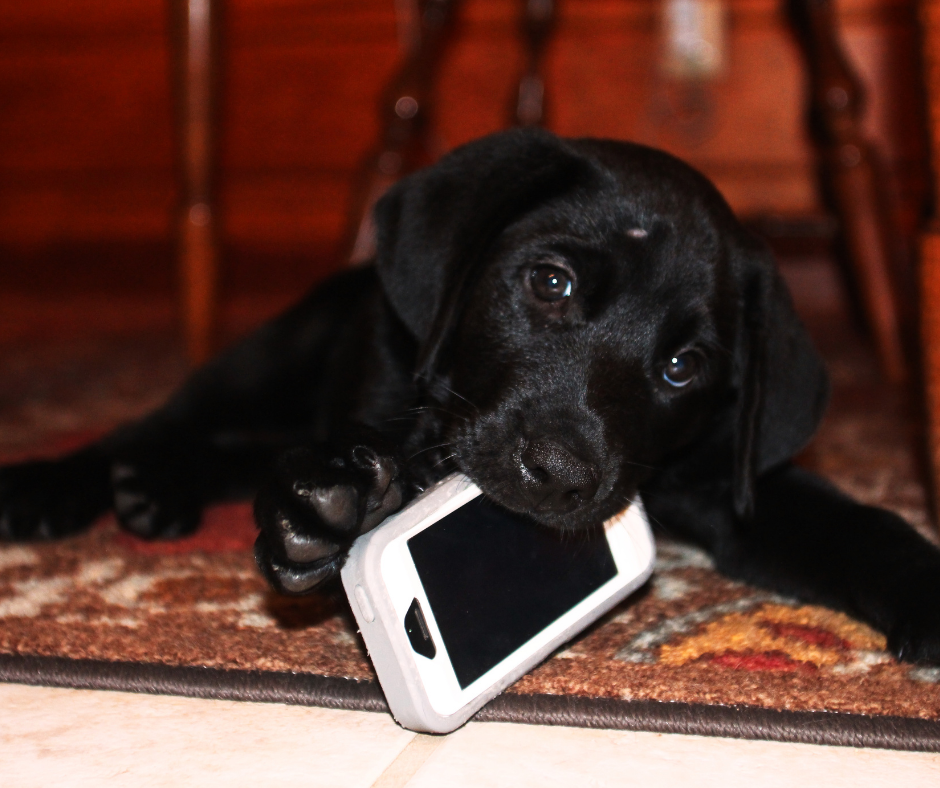
Keep Small Objects Out of Reach
Just like batteries, small objects are a target for curious puppies and just the right size for their little teeth to chomp on. Make sure items such as coins, jewellery, needles and thread, straight pins, yarn, dental floss, rubber bands, paper clips, toys, etc out of your puppy’s reach. Basically, if you think there is a chance a child might chew on it, there is an even better chance that a curios puppy will have a chew.
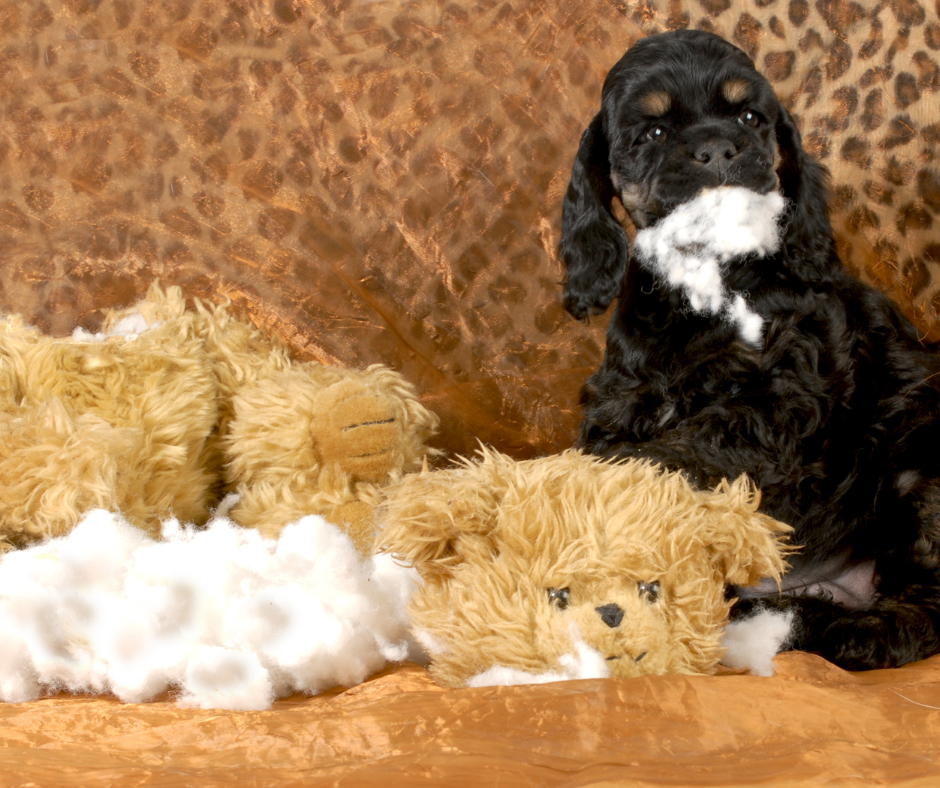
Secure Window Dressing Cords
Again, just like small object that are dangerous for little people, cords used to tie back curtains or to open blinds can be a strangulation risk for your puppy.
Don’t let cords dangle into or near your puppy’s reach. Make sure you take into account anything that they can climb up on to reach the cords.
Avoid low hanging cords by making sure the bottom of any blind or curtain cord is at least 160cm above the floor. Wrap blind cords securely around a hook attached high on the wall. This is mandatory in Australia after several reports of child deaths caused by unsecured blind cords, the Australian Competition and Consumer Commission (ACCC) implemented a mandatory standard for manufacturers to adhere to when producing blinds, curtains and other window fittings.
For older blinds, install a cord tensioning device, such as cord holders and wind-ups, to hold the cord tight against a wall. Alternatively, retrofit the blind or curtain cord with breakaway tassels.
Safety products can be bought from hardware or curtain shops.
New blinds must meet safety standards and be installed according to the installation instructions on any retail packaging for the covering.
If you have your blinds or window coverings professionally installed, the installation must meet safety standards. They must also be installed according to the instructions on any retail packaging for the covering.
The corded internal window covering must be installed in a way that ensures a loose cord cannot form a loop 220mm or longer at or less than 1,600mm above floor level.
Hanging strings and cords can cause puppies to become entangled, increasing the risk of strangulation. Either tie up the excess cords or cut the loop in the cord.
Power Cords and Cables
Protect your new puppy from accidental shock, burns to the mouth, or worse, by using sturdy cord covers or deterrent sprays on electric cords, chargers, and power cables. Of course, a young pup should always be supervised when not contained in a crate or pen, also providing plenty of chew toys will also help to give keep your puppy busy and not interested in dangerous power cord.
It is also a good habit to turn power points off when appliances are not in use.
Keep in mind also cables for TVs and other similar appliances that your young pup could pull on and dock the appliance down, not only causing a risk to your puppy but also costly damage to your TV.
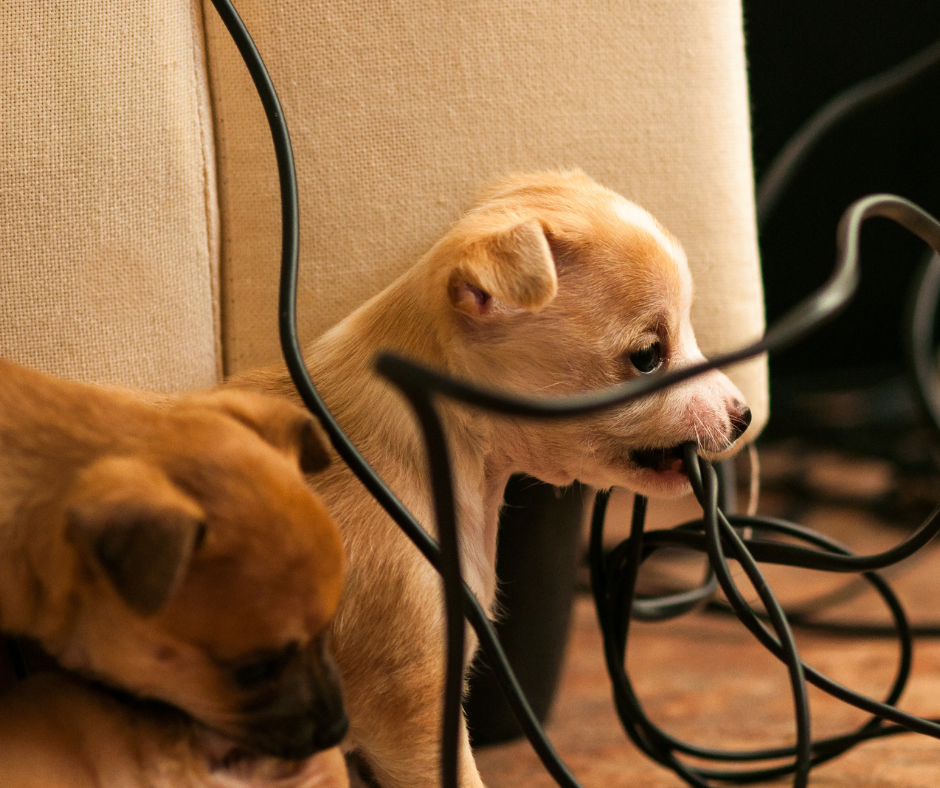
Inside Fireplaces and Outside Firepits
With more of us enjoying the great outdoors in our backyards, outdoor fire pits, barbecues, and pizza ovens have become increasingly popular.
While we adults might love sitting by the fire and toasting marshmallows these fire other heat or fire sources pose the potential of causing burns.
Try to fence these areas off in and outside the house to help avoid the risk of burns.
Also remember that fireplaces, firepits and barbecues can remain hot for a long time, even after you have extinguished the flames.
Backyard Dangers
Walk around your property and look for other areas or items that could be a hazard to your puppy, such as broken glass, exposed nails, or other sharp objects. Plan how you will restrict your puppy’s access to these areas.
Think about what animals are in your neighbouring yards and the digging risk of little puppies getting out. New puppies may not yet realise that your home is the safe space, so it is very important to keep your yard as protected as possible from digging puppies.
Bringing a new puppy home is a time of fun and excitement. Following these few tips will help you keep your new friend safe.
Pop on over to our Facebook Group 4 Paws on Board and share your top tips for puppy proofing your home.
* Please note this is not a full, extensive list of safety measures for new puppies in your home.



[…] You can read our tips on puppy proofing your home HERE […]